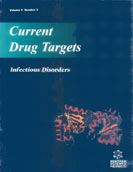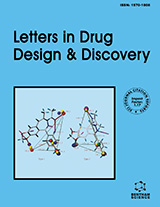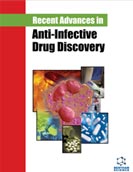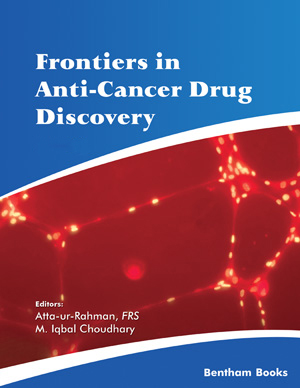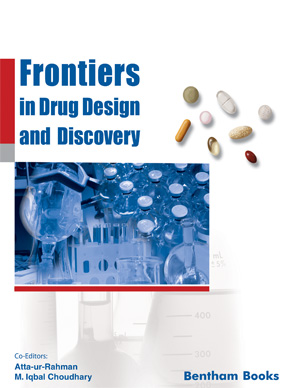Abstract
In the last decades several preclinical models for sepsis have been used to study the pathophysiologic processes during sepsis. Although these studies revealed promising immunomodulating agents for the treatment of sepsis, clinical trials evaluating the efficacy of these new agents in septic patients were disappointing. It should be realized that most of the preclinical models for sepsis lack a localized infectious source from which the infection disseminates. Studies on the effects of several immunomodulating strategies have demonstrated strikingly opposite results when using models for sepsis with a more natural route of infection, such as pneumonia, and when using models for sepsis lacking an infectious focus. In this review we will compare models for sepsis and models for pneumonia. We advise to use a combination of models, including models for sepsis and models for localized infections, to test new immunomodulating strategies before starting any clinical trial evaluating a new immunomodulating therapy.
Keywords: immunomodulation, innate immunity, sepsis, pneumonia, cytokines
Current Drug Targets - Inflammation & Allergy
Title: Modulation of Innate Immune Responses in the Treatment of Sepsis and Pneumonia
Volume: 3 Issue: 1
Author(s): Marcus J. Schultz and Tom van der Poll
Affiliation:
Keywords: immunomodulation, innate immunity, sepsis, pneumonia, cytokines
Abstract: In the last decades several preclinical models for sepsis have been used to study the pathophysiologic processes during sepsis. Although these studies revealed promising immunomodulating agents for the treatment of sepsis, clinical trials evaluating the efficacy of these new agents in septic patients were disappointing. It should be realized that most of the preclinical models for sepsis lack a localized infectious source from which the infection disseminates. Studies on the effects of several immunomodulating strategies have demonstrated strikingly opposite results when using models for sepsis with a more natural route of infection, such as pneumonia, and when using models for sepsis lacking an infectious focus. In this review we will compare models for sepsis and models for pneumonia. We advise to use a combination of models, including models for sepsis and models for localized infections, to test new immunomodulating strategies before starting any clinical trial evaluating a new immunomodulating therapy.
Export Options
About this article
Cite this article as:
Schultz J. Marcus and Poll van der Tom, Modulation of Innate Immune Responses in the Treatment of Sepsis and Pneumonia, Current Drug Targets - Inflammation & Allergy 2004; 3 (1) . https://dx.doi.org/10.2174/1568010043483962
| DOI https://dx.doi.org/10.2174/1568010043483962 |
Print ISSN 1568-010X |
| Publisher Name Bentham Science Publisher |
Online ISSN 1568-010X |
 12
12Related Articles
-
Modern Pathology: Protein Mis-Folding and Mis-Processing in Complex Disease
Current Protein & Peptide Science Alcohol Related Changes in Regulation of NMDA Receptor Functions
Current Neuropharmacology Metabolic Profiling in Disease Diagnosis, Toxicology and Personalized Healthcare
Current Pharmaceutical Biotechnology Molecular and Cellular Activities of Vitamin E Analogues
Mini-Reviews in Medicinal Chemistry Binding Sites of Amyloid β-Peptide in Cell Plasma Membrane and Implications for Alzheimers Disease
Current Protein & Peptide Science The Emerging Role of Melatonin Agonists in the Treatment of Major Depression: Focus on Agomelatine
CNS & Neurological Disorders - Drug Targets Applications of Positron Emission Tomography in Neuropsychiatric Pharmaceutical Drug Development
Current Radiopharmaceuticals Bone Marrow Concentrate: A Novel Strategy for Bone Defect Treatment
Current Stem Cell Research & Therapy Pharmacologic Therapy in Growth Hormone Disorders and the Heart
Current Medicinal Chemistry Adenosine Deaminase in the Modulation of Immune System and its Potential as a Novel Target for Treatment of Inflammatory Disorders
Current Drug Targets GABAergic Microcircuits in Alzheimer's Disease Models
Current Alzheimer Research Airway Smooth Muscle Responsiveness: The Origin of Airway Hyperresponsiveness in Asthma?
Current Respiratory Medicine Reviews The Heart and Brain Imaging in Lone Atrial Fibrillation – Are We Surprised?
Current Pharmaceutical Design Molecular Insights into Mechanisms of the Cell Death Program:Role in the Progression of Neurodegenerative Disorders
Current Alzheimer Research Cardiopulmonary Interactions in Children with Heart Failure
Current Cardiology Reviews The Role of Natural Killer T Cells in Atherosclerosis
Current Immunology Reviews (Discontinued) Devices and Methods for Closed Reduction of Diaphyseal Fracture
Recent Patents on Biomedical Engineering (Discontinued) Insights into Targeting Colon Cancer Cell Fate at the Level of Proteoglycans / Glycosaminoglycans
Current Medicinal Chemistry Recent Development in Identification of Potential Novel Therapeutic Targets Against Trypanosomatids
Current Topics in Medicinal Chemistry Emerging Potential of Natural Products as an Alternative Strategy to Pharmacological Agents Used Against Metabolic Disorders
Current Drug Metabolism


